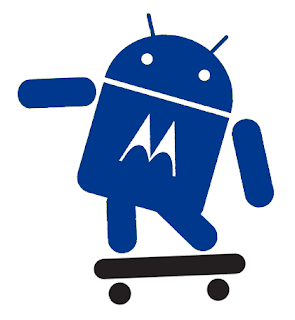
AMD’s top single GPU video card, the Radeon HD 7970 reportedly shows considerable better performance in single and double precision floating point computing using OpenCL.
We’ve got this impression the first time we saw AMD's GCN architecture GPU compute benchmarks, but we’ve thought it was some AMD specific estimation or lack of Nvidia necessary optimization. Practically, after all the fuss with Nvidia’s Fermi specifically architected for GPU compute, we were experiencing an architecture from AMD that performed much better without any API optimizations like Nvidia has with its CUDA. Don’t get us wrong, we know the value of CUDA and we greatly appreciate Nvidia’s software and compiling work and we still believe AMD is not...



 5/21/2012 09:15:00 PM
5/21/2012 09:15:00 PM
 dannzfay
dannzfay



























